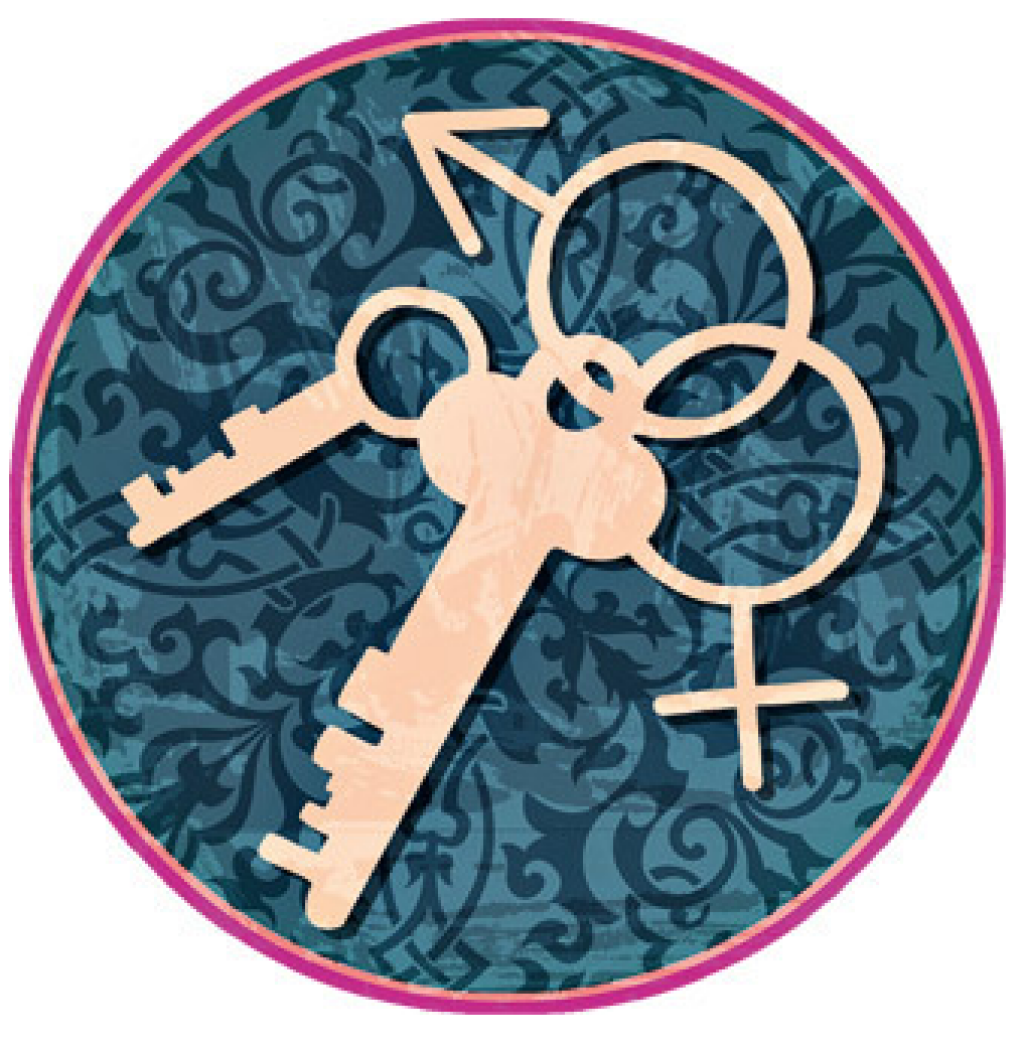This is the thirty-first entry of Russia’s Alien Nations: The Secret Identities of Post-Socialism, an ongoing feature on All the Russias, as well as the eighteenth entry of Chapter 1. It can also be found at russiasaliennations.org. You can also find all the previous entries here.
The contempt for bydlo (or, to borrow a Soviet-style formulation, “Bydlo and the Struggle against It”) goes farther than the disdain for the sovok, in that sovok-hatred is preoccupied primarily with taste, while bydlo-bashing rests at the dangerous intersection of taste, intelligence, and, eventually, politics.
When it comes to culture, the sovok’s lament was that culture wasn’t being produced with him in mind anymore. His alienation from post-Soviet trends in art, entertainment, and literature was a constituent element of his personal story. As Western and Westernized mass culture come to dominate the post-Soviet media ecosystem, the anxieties center around 1) the incredibly poor quality, lack of sophistication, and sheer stupidity now on offer, and 2) the audience that is presumed to enjoy this stuff and even want more of it.
Worst of all, the bydlo threatened to become not just the audience, but the subject matter of mass entertainment. This would certainly be the case in Russia, as in the rest of the world, when Internet streaming technology made video blogging accessible to the masses (YouTube’s motto was, famously, “Broadcast yourself”). But before YouTube and its imitators, in the age of the dial-up modem and the 2400 baud connection, national television was already moving in the direction of turning its least sophisticated viewers into entertainment in their own right. The most notable example was the TV6 program called “Znak kachestva.”
Znak kachestva began on TV-6 in August 1996 as a twice-daily, ten-minute series of clips, was transformed into a more traditional, hour-long format in June 1999, and finally cancelled in early 2001 for poor ratings. In its classic, pre-1999 format, Znak kachestva was a revolutionary experiment in the democratization of television, winning viewers throughout the country and acclaim as far away as Japan. The idea behind Znak kachestva is deceptively simple: to allow anyone and everyone the opportunity to sing, dance, or recite poetry on national television at no charge. In addition, for a small fee, Znak kachestva also included announcements and advertisements in the same format (individuals standing in front of the camera, rather than pre-recorded commercial clips).
Because most episodes had no grand design beyond the program's basic conception, virtually any random episode can be taken as representative of Znak kachestva's typical content. The only differentiating factor was that the daytime broadcast tended to favor children and teenagers a bit more than the evening version, which relied heavily on amateur exotic dancers trying to win a never-ending "erotic show" contest promising work in Russia and abroad. An episode that aired on May 26, 1999 presents two different colorfully garbed women reading tarot cards, lighting candles, staring at icons, and gazing into crystal balls. Madame Sofia offers her help removing curses and finding success in love and business, in a deadly earnest tone that her central-casting witch's outfit renders all the more comical. She is followed by a young man playing the guitar and singing off-key, then by a set of erotic dancers. Immediately after the erotic dancers we see a group of five teenage (and pre-teen) girls, performing basic aerobics moves while lip-synching to the song "Ia uchus' tantsevat’” (“I’m Learning to Dance”). Znak kachestva was a late-twentieth century twist on the nineteenth-century physiological sketch, offering up peculiar character types for the viewer's entertainment, if not edification.
Indeed, the elements that compose Znak kachestva’s minimalist frame reinforce this sense of a parade of character types. At least twice during every sequence, the performances are interrupted by an animated clip of a space ship with the Znak kachestva logo as it lands in front of Red Square. When the door opens, out come a violinist in a tuxedo, a big-haired, big-breasted woman in the skimpiest of bikinis, and a young man listening to his boombox: Znak kachestva is a freak show from outer space. Yet immediately after the last cartoon character leaves the ship, telephone numbers flash across the screen, reminding the viewers that they, too, can be transported through the ether and end up on the nation’s television screens. Thanks to Znak kachestva, the idiot box is no longer a one-way means of communication: anyone in the audience can become part of the show.
But who, exactly, is the audience, and why are they watching the show, let alone performing on it? The amateurs who dance, sing, and declaim are, more often than not, painfully sincere: the would-be exotic dancers hope to land paying gigs, while the singers’ and poets’ dreams of stardom are almost palpable. From its very beginning, Znak kachestva held out the promise of fame and fortune as a distinct possibility. Long before the WB’s Pop Stars turned the creation of a prefab set of Spice Girls clones into the stuff of prime-time dreams, Znak kachestva created its very own girl band through an amateur competition: the bland but relatively successful Strelki. But the innovation of Znak kachestva is not so much that it takes no-talents seriously, but that it has it both ways: the amateurs perform their hearts out, smiling or looking soulfully at the cameras, but the producers add their own editorial comments in the form of quips and chastushki printed at the bottom of the screen. The commentary, while sarcastic, does not break with the show’s overall level of sophistication and taste: these ready-made aphorisms may make it all the more difficult to take the performers seriously, but they show no more evidence of talent than do the singers and dancers themselves. The aforementioned guitarist probably doesn’t realize that his picture is accompanied by the phrase “Радость держи в кармане, а горе на экране”) ("Keep your joy in your pocket, and your misery on the screen”)nor do the aerobics girls know that while they are jumping and waving, the audience is reading the words “Мы учились танцевать, чтобы дома не скучать” (“We learned to dance, so as not to stay at home bored”).
Znak kachestva may well be the first Rusisan example of self-conscious popular entertainment with such polyvalent irony. It appeals to both the earnest amateurs and the skeptical hecklers, living up to its self-proclaimed status as a “narodnaia peredacha”: it has something for everyone. The show exploits the irony inherent in the very name “Znak kachestva:” initially referring to Brezhnev-era attempts to improve consumer goods by affixing a “seal of quality” to various products, the znak kachestva quickly became the stuff of Soviet anecdotes, implying the exact opposite of the intended meaning: the “znak kachestva” is an official emblem of high quality that the savvy consumer immediately realizes is a sign of no quality. This symbol was supposed to alert the consumer to the arrival of an extraordinary product, but actually meant more of the same shoddy merchandise. To paraphrase Chernomyrdin: “They wanted to do better, but it came out the way it always does.” The irony of the Brezhnev-era “znak kachestva” is affixed to the post-Soviet amateur performers, who themselves play the role of the defective goods elevated to high-quality status.
Znak kachestva played a complicated game with its audience, inviting them both to identify with and mock the people on screen, who were essentially audience members who might have been better off never leaving their couches. Critics hated it, of course, because the “people’s show” showed the people to be hopeless fools. Nearly twenty years after the show went off the air, however, what is striking is how harmless and good-natured it actually was. A product of the free-wheeling 1990s, Znak kachestva did not invite its viewers to draw political conclusions; culture and politics were still largely separate spheres.
It can only be a coincidence that the show changed to a moderated, MC-facilitated format just a few weeks before Putin first became Prime Minster, but the fact that the show went from giddy chaos to controlled tedium on the even of the next great political transformation of the post-Soviet era is certainly evocative. The show’s 2001 cancellation, no doubt attributable to both the failure of the new format and the limited shelf-life of novelty program, was also well-timed. When next we see the bydlo take to the airwaves, the stakes will be much higher.
Next; A Coat of Not Many Colors: The Vatnik



